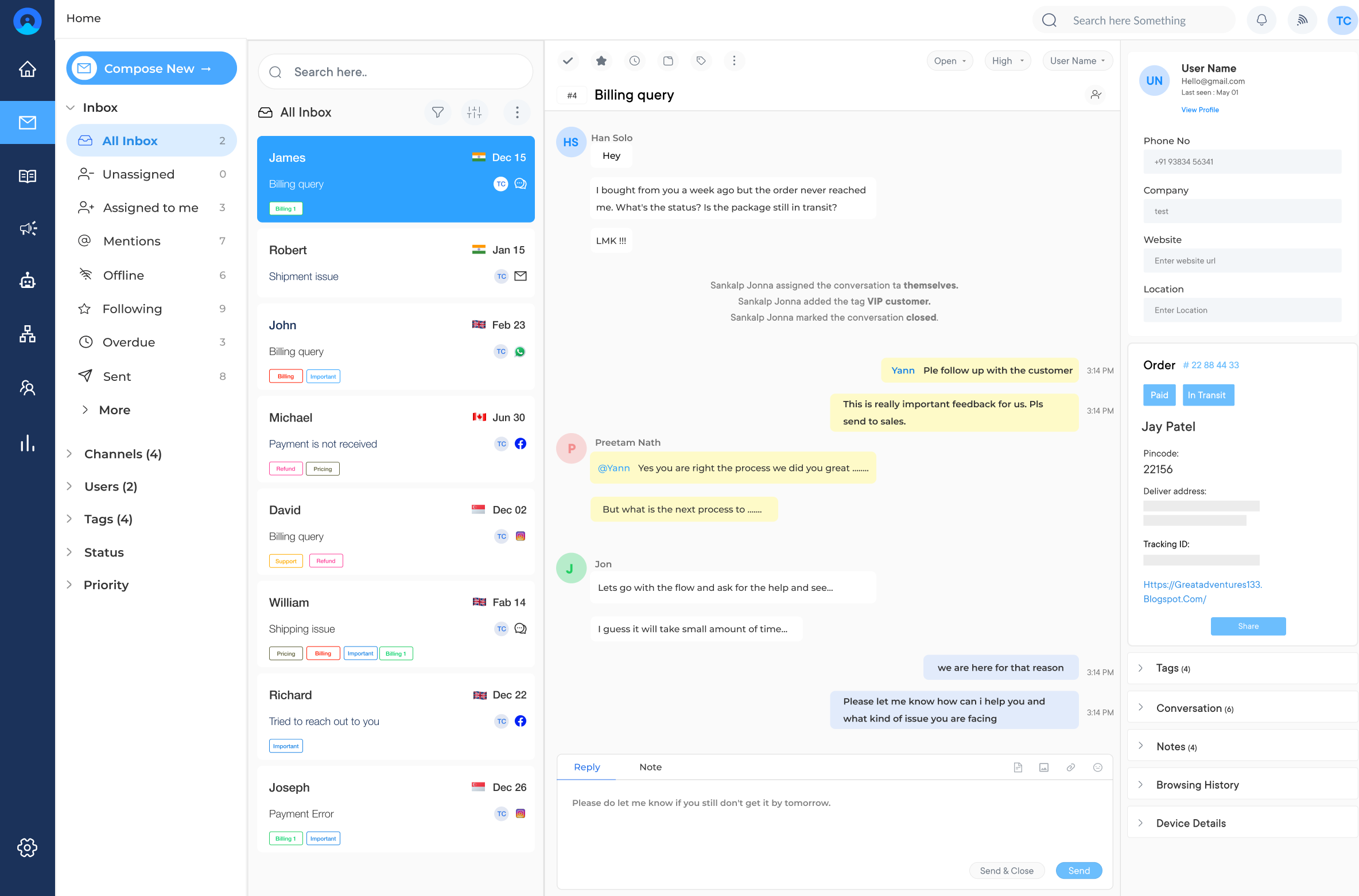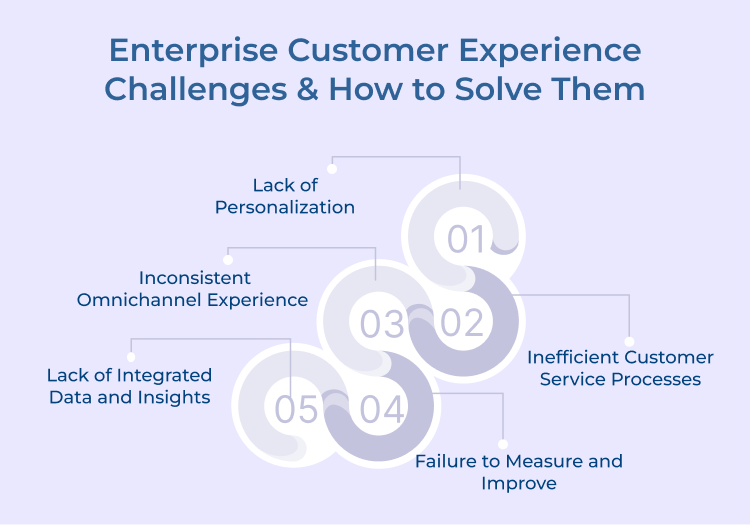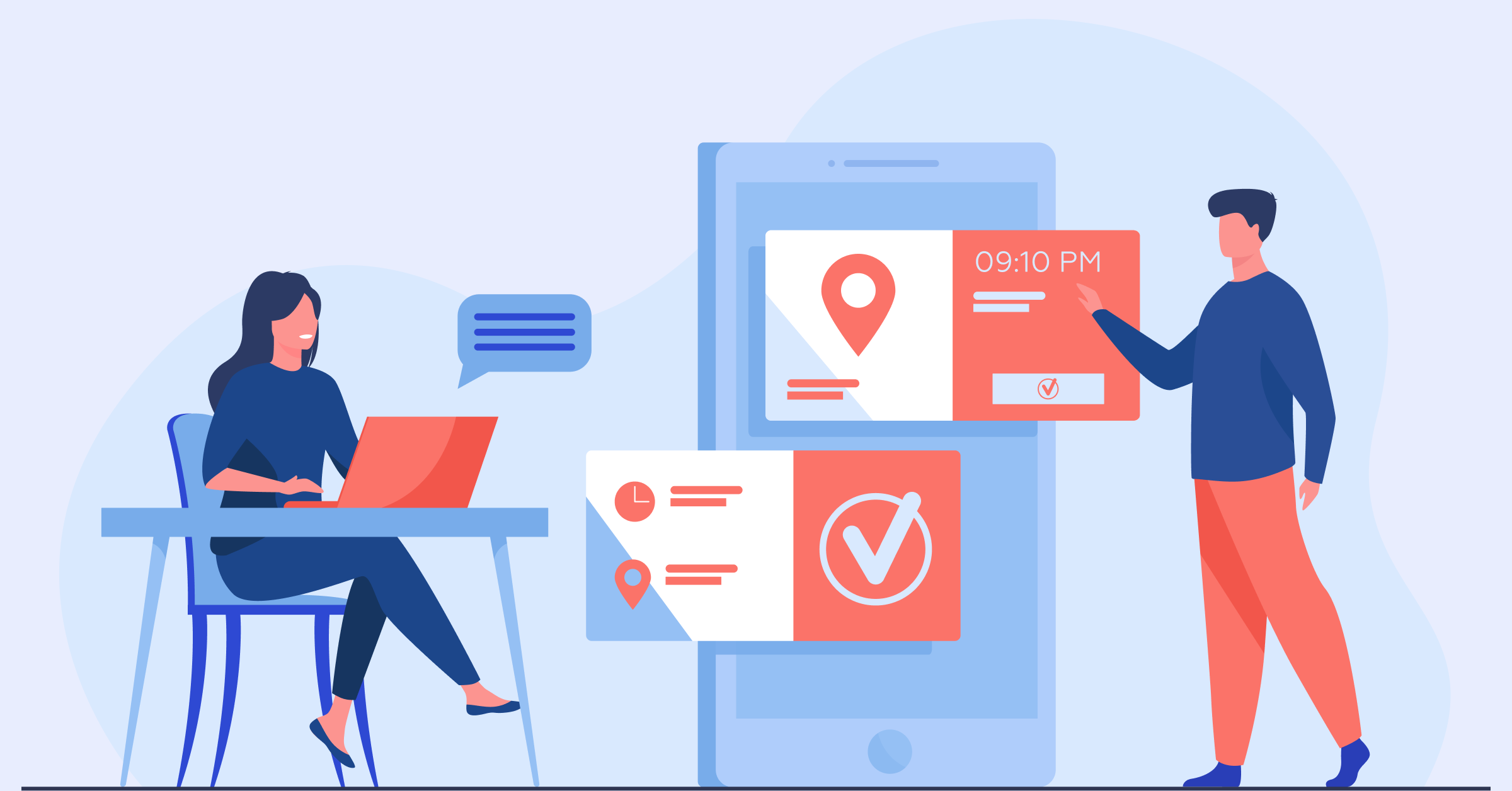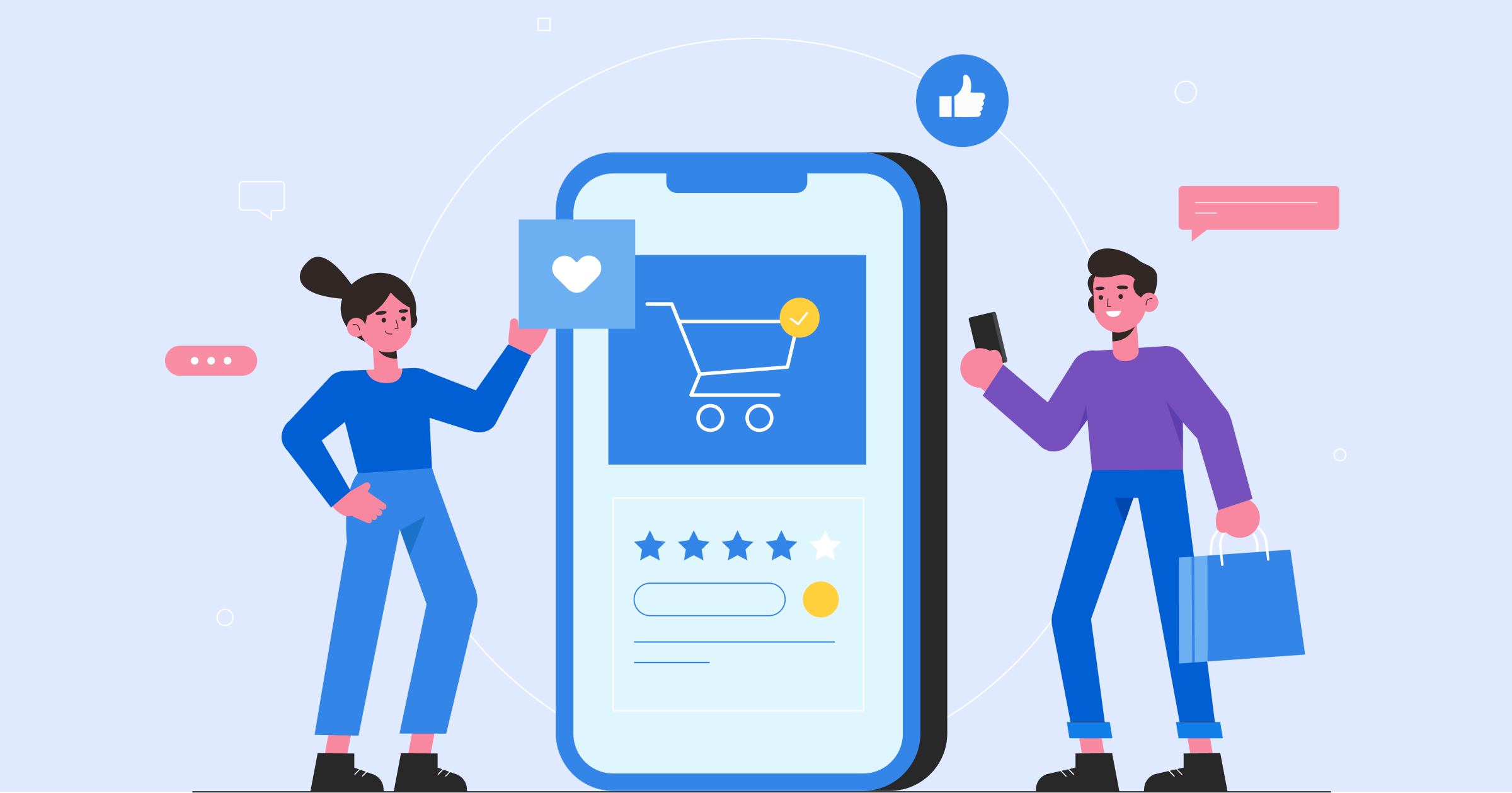Top enterprise CX platform for customer engagement
Veemo is a customer support platform that helps businesses manage and streamline their customer service operations. It offers multi-channel support, automation, and analytics to enhance customer experience.
Key features:
- Omnichannel support: Manage customer interactions across email, phone, chat, and social media from a single dashboard. Provides a unified view of customer conversations for seamless support.
- Automation and AI: Utilize AI-powered chatbots and automation rules to handle routine inquiries. Improves response times and allows human agents to focus on complex issues.
- Knowledge base: Create and maintain a self-service portal with FAQs and helpful articles. Empowers customers to find answers independently, reducing support ticket volume.
- Reporting and analytics: Generate detailed reports on team performance, customer satisfaction, and ticket trends. Offers insights to improve support strategies and identify areas for improvement.
- Customization and integration: Tailor the platform to fit specific business needs with custom fields and workflows. Integrates with various third-party applications for enhanced functionality and data synchronization.
Pricing: There are three pricing plans – the Growth plan starts at $34/user/month with basic features. The Team plan is priced at $79/user/month with more features. The Enterprise plan is priced at $149/user/month which includes advanced features. The software pricing is also customizable as per business requirements.
SurveyMonkey
SurveyMonkey is a popular online survey tool that allows businesses to create, distribute, and analyze surveys. It helps gather customer feedback, conduct market research, and measure employee satisfaction.
Key features: Customizable survey templates, question bank, logic and branching, multilingual surveys, data analysis tools, integration capabilities, mobile app, and real-time results tracking.
Price: Team Advantage plan starts at $25/user/month. Enterprise pricing available upon request.
Zendesk
Zendesk is a comprehensive customer service and engagement platform that offers solutions for support, sales, and customer experience. It helps businesses improve customer satisfaction and streamline support operations.
Key features: Ticketing system, live chat, knowledge base, customer portal, omnichannel support, AI-powered bot, analytics and reporting, workflow automation, and integration marketplace.
Price: Support Suite starts at $49/agent/month. Custom pricing for Enterprise plan.
Qualtrics
Qualtrics is an experience management platform that helps businesses collect, analyze, and act on customer, employee, and brand experience data. It offers advanced survey and analytics tools for comprehensive insights.
Key features: Survey design, data collection across multiple channels, text and statistical analysis, predictive analytics, action planning, dashboards and reporting, and integration capabilities.
Price: Custom pricing based on specific needs. Contact Qualtrics for a quote.
Enterprise Customer Experience Challenges & How to Solve Them
Many enterprises face challenges when it comes to providing exceptional customer experiences. We will discuss five common enterprise customer experience challenges and its solutions:





